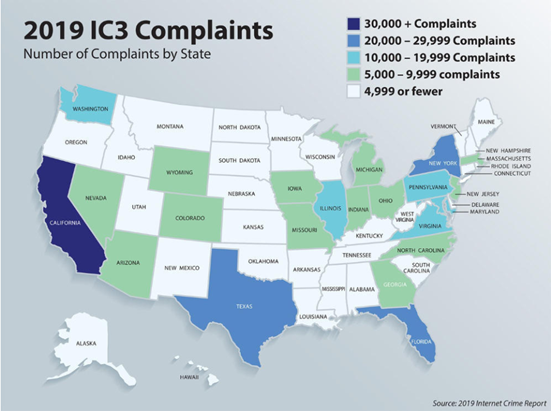The Sedona Conference Has an Updated Glossary (Again): eDiscovery Best Practices
Just when I need a topic for a Monday, The Sedona Conference® (TSC) delivers! Last Friday, TSC and its Technology Resource Panel announced the publication of The Sedona Conference Glossary, eDiscovery & Digital Information Management, Fifth Edition.
This Fifth Edition, encompassing 130 pages and nearly 800 definitions, reflects the rapid expansion of privacy and data security laws and regulations. It incorporates new definitions related to Big Data, GDPR, and the science of Technology-Assisted Review; deletes outdated terms; and updates others in response to evolving technology and case law. From “30(b)(6)” and “Ablate”, which is to burn laser-readable “pits” into the recorded layer of optical disks, DVD-ROMs and CD-ROMs (obvy!) to “Zombie Cookies” and “Zone OCR”, this Glossary covers it all.
Do you know what “Basic Input Output System (BIOS)” is? How about a “Data Lake”? Or the Federal Information Processing Standards (FIPS)? What about “Harvesting”? (which can be done any time of year, by the way). Do you know for which term “Make-Available Production” is synonymous? Do you know what “Sentiment Analysis” is? No, it has nothing to do with studying romantic movies. Do you know what “Thread Suppression” is? Those, and many more, definitions are in this Glossary.
As I noted above, this is the Fifth(!) edition of the glossary. The original was all the way back in May 2005 and there have been subsequent editions in December 2007, September 2010 and April 2014.
You can download a copy of the Glossary here (login required, which is free).
So, what do you think? Are you up on your electronic discovery terms? If not, now you can be! As always, please share any comments you might have or if you’d like to know more about a particular topic.

Sponsor: This blog is sponsored by CloudNine, which is a data and legal discovery technology company with proven expertise in simplifying and automating the discovery of data for audits, investigations, and litigation. Used by legal and business customers worldwide including more than 50 of the top 250 Am Law firms and many of the world’s leading corporations, CloudNine’s eDiscovery automation software and services help customers gain insight and intelligence on electronic data.
Disclaimer: The views represented herein are exclusively the views of the author, and do not necessarily represent the views held by CloudNine. eDiscovery Daily is made available by CloudNine solely for educational purposes to provide general information about general eDiscovery principles and not to provide specific legal advice applicable to any particular circumstance. eDiscovery Daily should not be used as a substitute for competent legal advice from a lawyer you have retained and who has agreed to represent you.








